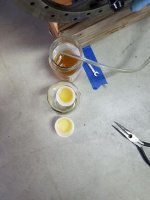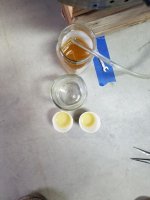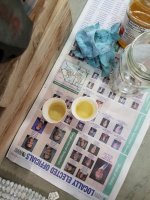IdahoMtnSpyder
Well-known member
The 2014 RT service manual shows the brake system capacity to be about 18 oz of fluid. The procedure for replacing the brake fluid calls for 1.75 qts of fluid to do the job. For those who have replaced brake fluid how much more than the system capacity did you use to make sure the system is cleanly flushed? I bought 24 oz of fluid. Do I really need to go buy another quart to make sure I have enough to do the job?
Last edited:



